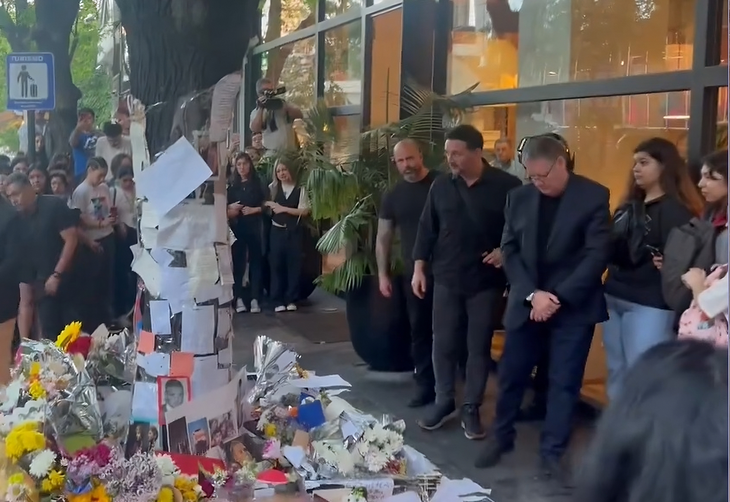I have been working in the news industry for over 6 years, first as a reporter and now as an editor. I have covered politics extensively, and my work has appeared in major newspapers and online news outlets around the world. In addition to my writing, I also contribute regularly to 24 Hours World.
Menu
Gaza War: Fateful days in the Middle East: Regional war or ceasefire?
Categories
Most Read
Migration: Greens and Left: Merz’s “cityscape” saying is fatal
October 16, 2025
No Comments
Reporting in the Pentagon: Journalists protest against rules
October 16, 2025
No Comments
Why Pistorius’ military service plans are so controversial
October 16, 2025
No Comments
Israel threatens Hamas over withholding bodies of dead hostages
October 16, 2025
No Comments
Situation at a glance: If the ceasefire agreement is violated: Israel threatens Hamas
October 16, 2025
No Comments
Latest Posts

One year after Liam Payne’s death: what is known so far
October 16, 2025
No Comments
One year has passed since the death of the English singer Liam Payne this Thursday, October 16. The artist was staying in a hotel City

Jetour presented the new T2 in Argentina, its most adventurous SUV
October 16, 2025
No Comments
October 16, 2025 – 08:52 The model joins the successful T1, consolidating the brand as one of the most prominent within the new panorama of

CPR: how to prevent and act in the event of cardiorespiratory arrest
October 16, 2025
No Comments
October 16, 2025 – 08:36 In Argentina, cardiovascular diseases continue to be the main cause of death. They seek to raise awareness among the population
24 Hours Worlds is a comprehensive source of instant world current affairs, offering up-to-the-minute coverage of breaking news and events from around the globe. With a team of experienced journalists and experts on hand 24/7.

